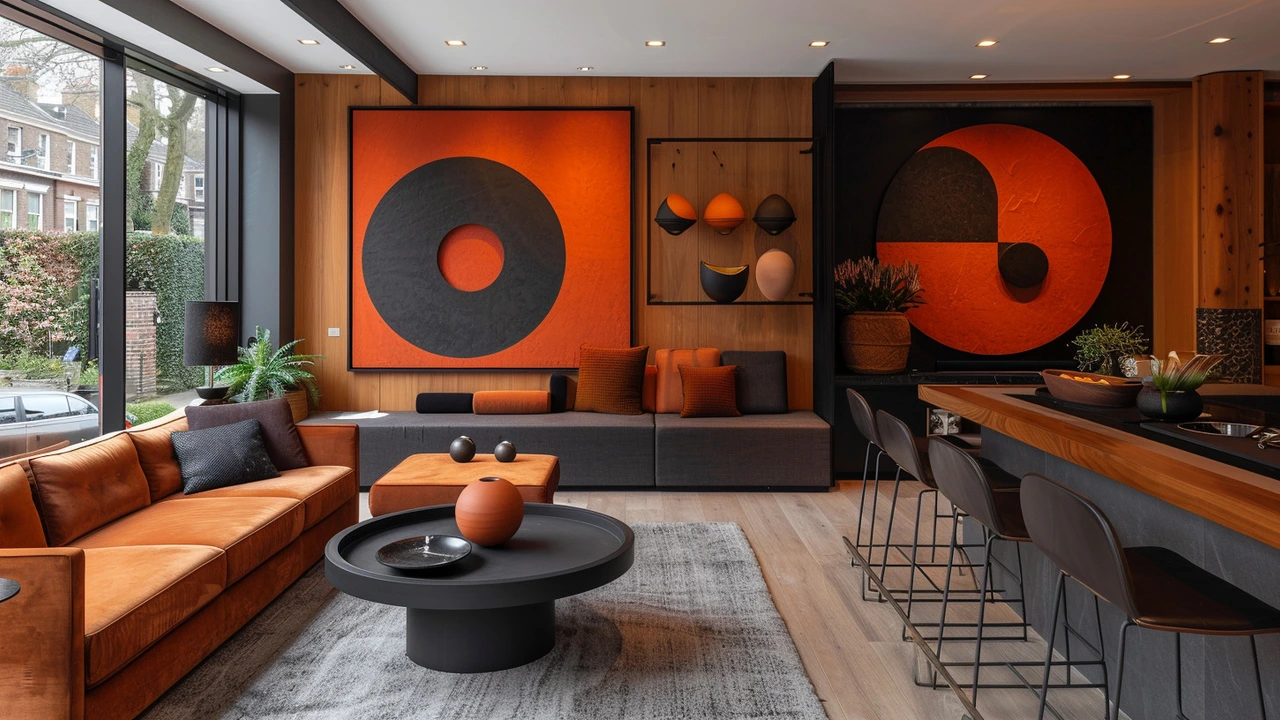Art Understanding: How to Read, Appreciate, and Learn from Visual Art
Want to stop nodding at art and actually understand what you're looking at? Art understanding is a skill you can build — like learning to read music or fix a bike. With a few practical moves you'll notice choices artists make, why a piece feels powerful, and what connects a painting to a city plan or a tattoo.
First, look actively. Spend at least one full minute on a work before Googling it. Note the main shapes, colors, and where your eye goes first. Ask simple questions: what's the focal point? What materials did the artist use? Does it feel calm or aggressive? These quick observations give you solid ground before context clouds your view.
Next, add context. Read about the movement or the artist's life. Start with clear, focused posts here: "Bauhaus Design" explains how function shaped modern looks; "Abstract Expressionism" shows why emotion beats polish; "Photorealism Art" breaks down techniques that trick your eye. Context ties choices to history and makes odd details suddenly sensible.
Compare and connect
Place works side by side. Compare a Bauhaus chair with a De Stijl poster: you’ll spot the same love of geometry and clean lines. Read "Installation Art: Evolution" then visit a local installation and see how space changes meaning. This habit trains you to read visual language across styles — from Baroque drama to Fluxus playfulness.
Practice the technical side. If you want to understand photorealism, try a small study copying a photo. For color theory, mix paints or use a digital tool to test palettes. Making even tiny pieces teaches you why artists choose certain brushstrokes, textures, or compositions.
Use this tag page as a path
Paul Artistry's "art understanding" tag groups articles that explain movements, techniques, and cultural impact. Follow a simple path: start with broad movements (Cubism, Futurism, Baroque), move to focused techniques (photorealism, installation), then read pieces linking art to life (land art and urban design, Ukiyo-e and tattoos). Each article gives concrete examples and next steps.
Talk about art. Join a local gallery talk, comment on a post, or swap notes with a friend. Art understanding grows faster when you explain what you see. Use the site summaries to form questions before you visit a museum or gallery.
Keep a visual journal. Save images, jot quick notes on mood, materials, and what surprised you. Over time you'll see patterns: a favorite shape, a recurrent theme, or a movement that keeps drawing you in. That pattern becomes your taste and your toolkit for reading new works.
If you want recommendations, start with "Photorealism Art" to learn technique, "Bauhaus Modernism" to see design logic, and "Harlem Renaissance" to understand cultural impact. Read, look, practice, and compare — in that order — and you'll find art less mysterious and more useful for creative thinking.
Use tags to track topics, bookmark favorite posts, and revisit articles after a gallery visit to deepen your art understanding quickly every week.

